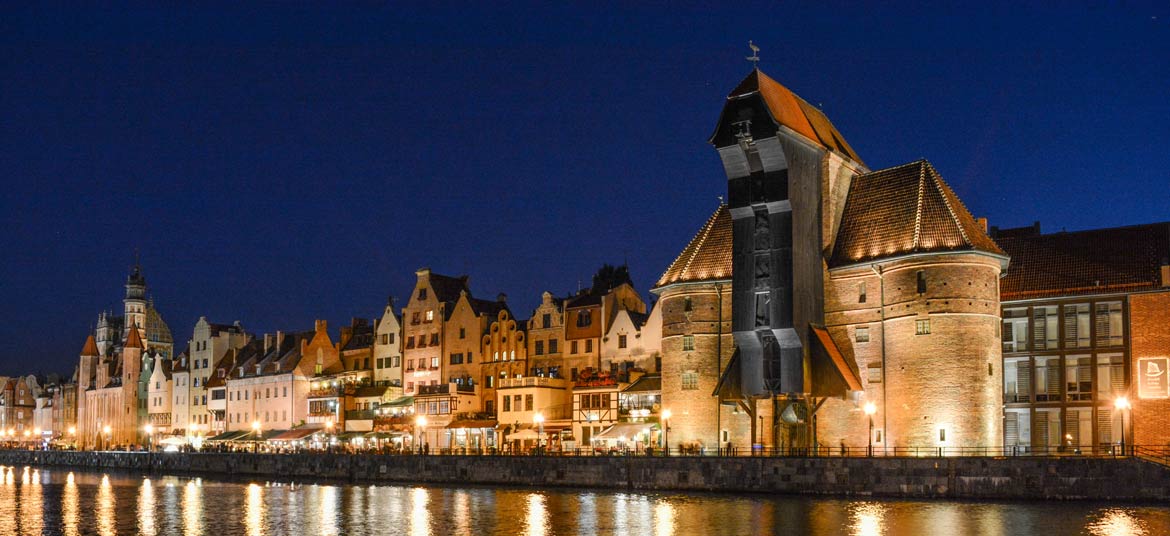
Gdańsk is one of Poland's oldest cities with a history going back a thousand years. It has an important place in Polish consciousness as the location of the start of World War II and where the fall of Communism in Central Europe began. This is where the famous Solidarity movement started, protecting worker's rights and, later, the symbol of resistance against the People's Republic.
Together with neighbouring Gdynia and Sopot, Gdańsk forms a large metropolitan area called Trójmiasto (Tricity). This is a place not to be missed when visiting Poland. It is rich in cultural and architectural relics.
In the National Museum you can see a collection of paintings and other crafts. The most famous artwork on show is The Last Judgment by Hans Memling. The life of Gdańsk's citizens is displayed at exhibitions in the Gdańsk History Museum, the Artus Court and the Uphagen House, where you can admire the wealth and splendour of the apartments of Gdańsk's patricians. If you are interested in the history of maritime culture, come to the Central Maritime Museum. The Wrzeszcz District has an atmosphere from the late 19th and early 20th century, including eclectic houses and Vienna Secession-style villas. Sights worth seeing include a 19th century brewery and a settlement of workers' cottages. Gdańsk is the setting for some of the literary works of Nobel laureate Günter Grass, who was born and lived here as a child. Oliwa, site of the International Organ Festival, is famous for its cathedral, which has an original Rococo organ.
No comments:
Post a Comment